Holistro
Revolutionizing the way businesses manage their operations with an all-in-one software solution that streamlines processes and boosts efficiency.
This Startup is Revolutionizing Business Management with All-in-One Software Solution
Introducing a game-changing software solution that combines all the essential tools businesses need to succeed in one easy-to-use package.
Empowering organizations to streamline their processes and increase productivity with a single, integrated software platform.
Company
Holistro
Role
Leading Design team
Design Thinking workshops
User Research
UX Design
Visual Design
Industry
Agency/Small Business
SaaS
The Challenge
The reliance of small and mid-sized businesses, as well as agencies, on multiple software programs to manage their operations poses a significant challenge in terms of manual data transfer between each system. This results in errors, time-consuming tasks, and increased costs, creating a pressing need for a more efficient solution.
The Outcome
Our all-in-one software solution is a comprehensive platform that combines all the essential tools and features required for running a small or mid-sized business or agency. This platform includes modules for accounting, customer relationship management (CRM), project management, human resources, and more, all of which are seamlessly integrated into a single system.
Impact
The software has been used by thousands of companies and agencies across the globe helping them to improve their productivity and efficiencies on daily basis
For years, a software company had been offering a range of standalone products that served different business needs. However, as the digital landscape evolved, the company began to realize that customers were looking for a more integrated approach. They didn't want to juggle multiple software solutions, each with its own learning curve and subscription fees.
The company turned to a design and innovation firm to help them develop an all-in-one software solution that would meet the needs of its customers.
We conducted extensive research, gathering feedback from current and potential customers, as well as the company's internal teams. The research showed that customers wanted a solution that was easy to use, with a seamless user experience across all its functionalities.
They also wanted a single subscription that would cover all their business needs, without the hassle of managing multiple accounts. We used this feedback to develop a customer experience map, which helped to identify the key touchpoints that would make or break the user experience.
From there, we developed an information architecture that ensured all the different functionalities of the software were organized logically and intuitively. We then moved on to wireframing, prototyping, and usability testing. We created multiple iterations of the software, testing each one with a group of beta testers to ensure that the user experience was optimized. We also created clickable prototypes, allowing users to interact with the software and provide feedback on its functionality and design.
As the software design took shape, the we also worked on the visual design of the product. Created a consistent and modern visual design language, incorporating the company's branding into the software's interface.
We conducted A/B and click tests to ensure that the design was effective in guiding users through the software's features.
Once the design was finalized, the software company began rolling out the new all-in-one solution to its customers. We continued to work closely with the company to track user engagement and identify areas for improvement.
The result of this collaboration was a highly successful all-in-one software solution that met the needs of the company's customers. The software was easy to use, with a seamless user experience and a visually appealing design.
The single subscription model also proved popular with customers, simplifying their business operations and saving them money. As a result of the success of the all-in-one software solution, the company saw an increase in customer retention and revenue. The collaboration not only helped the company stay competitive in a rapidly changing digital landscape but also strengthened its relationship with its customers.
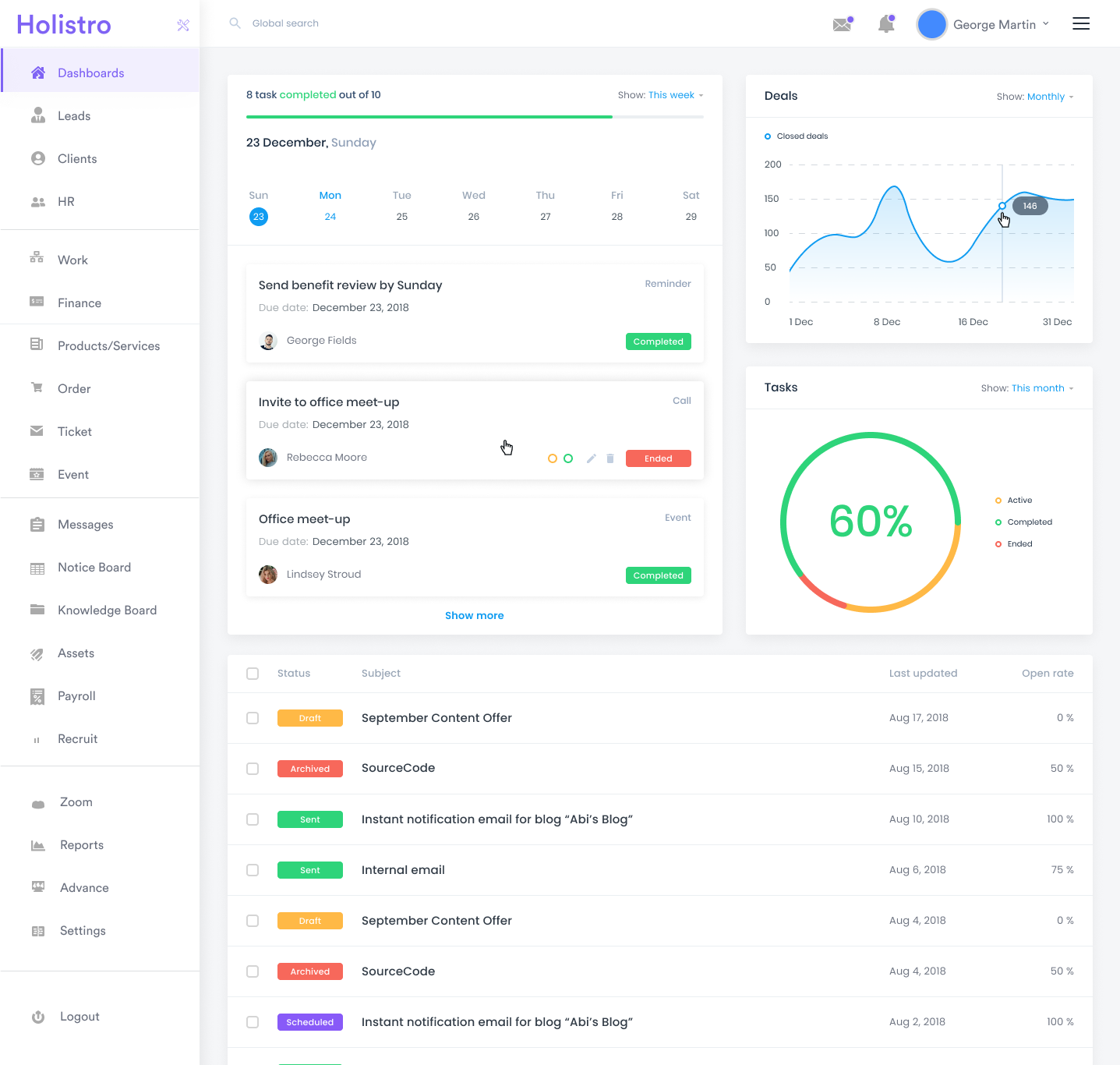
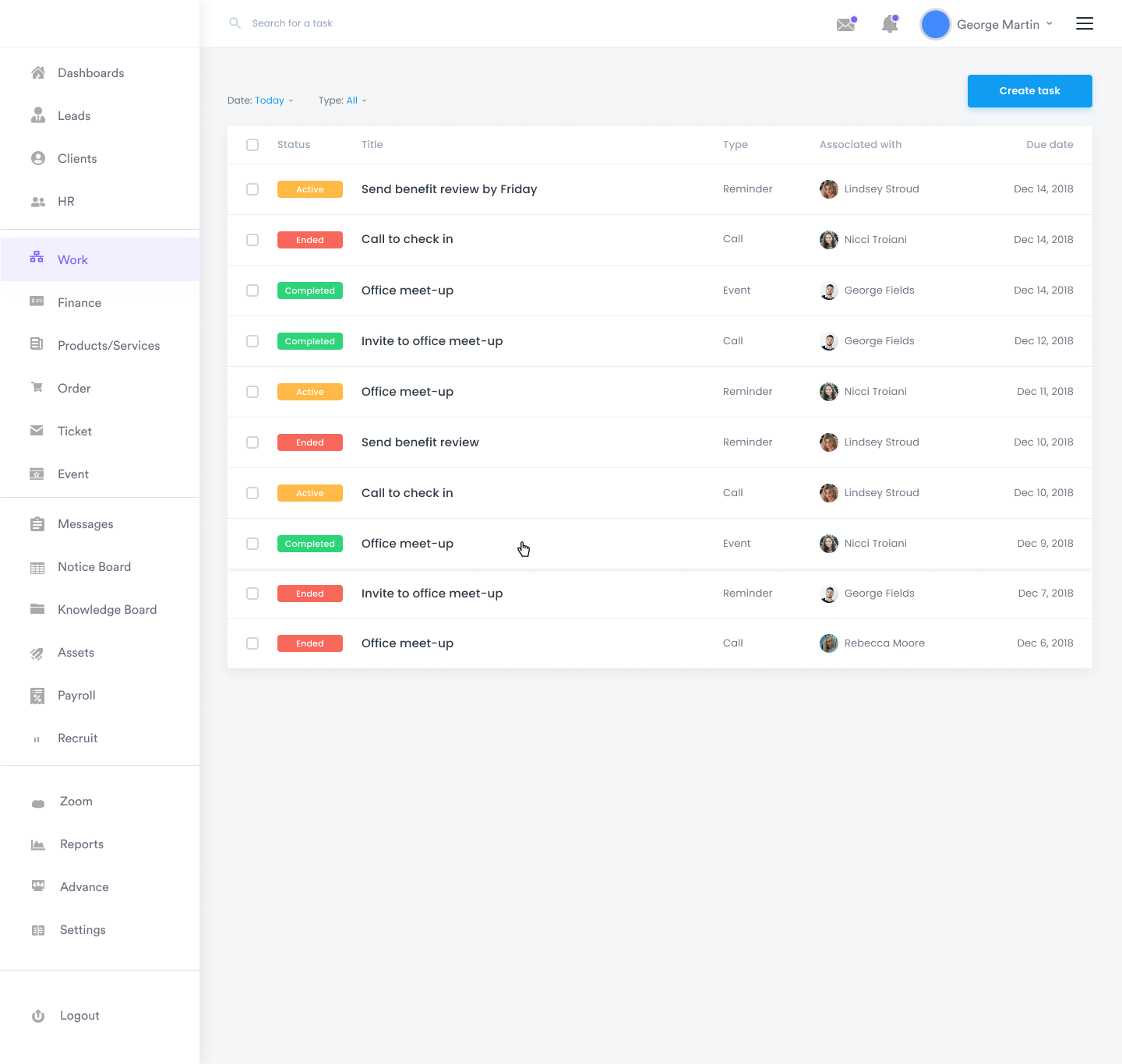

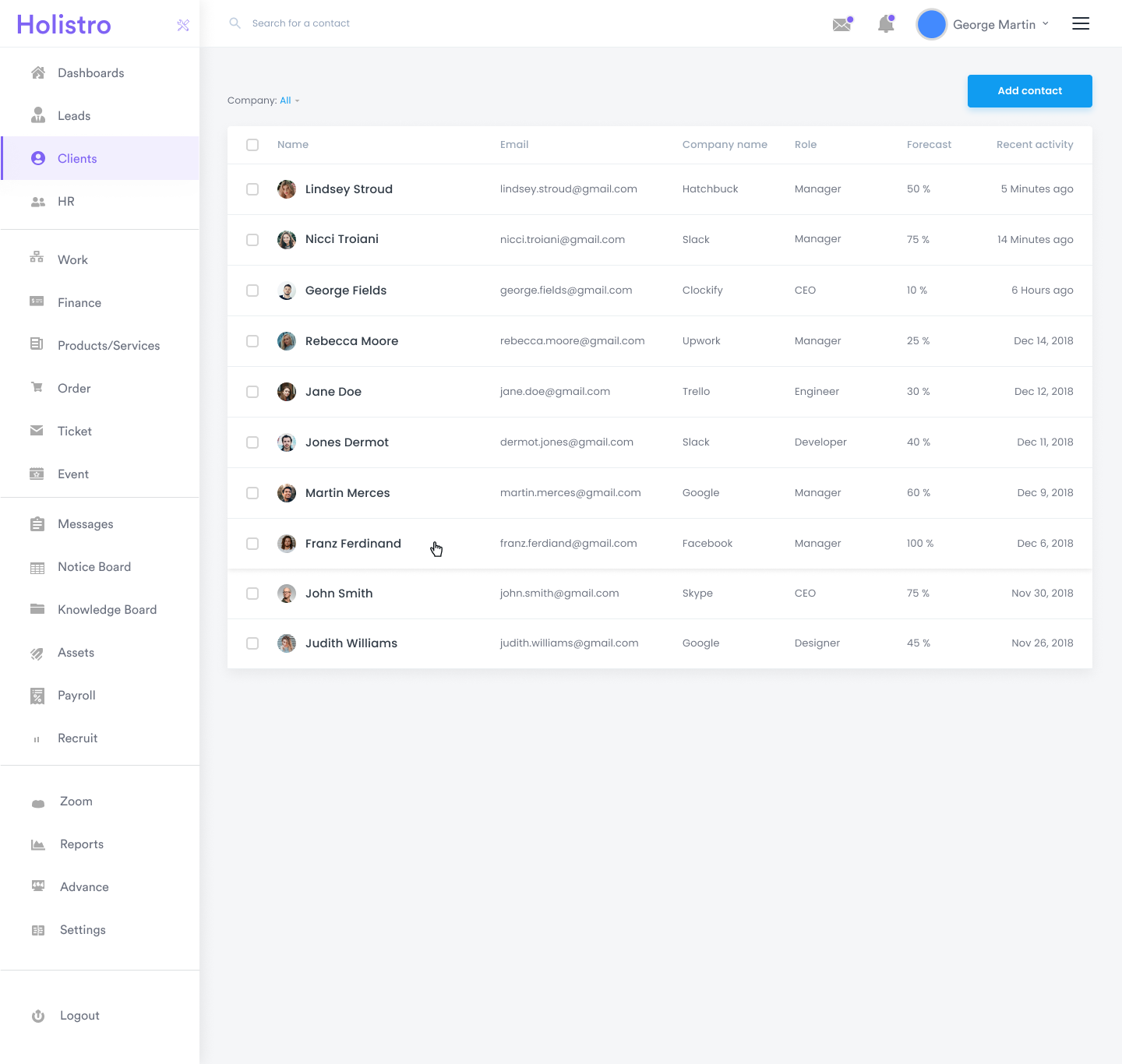
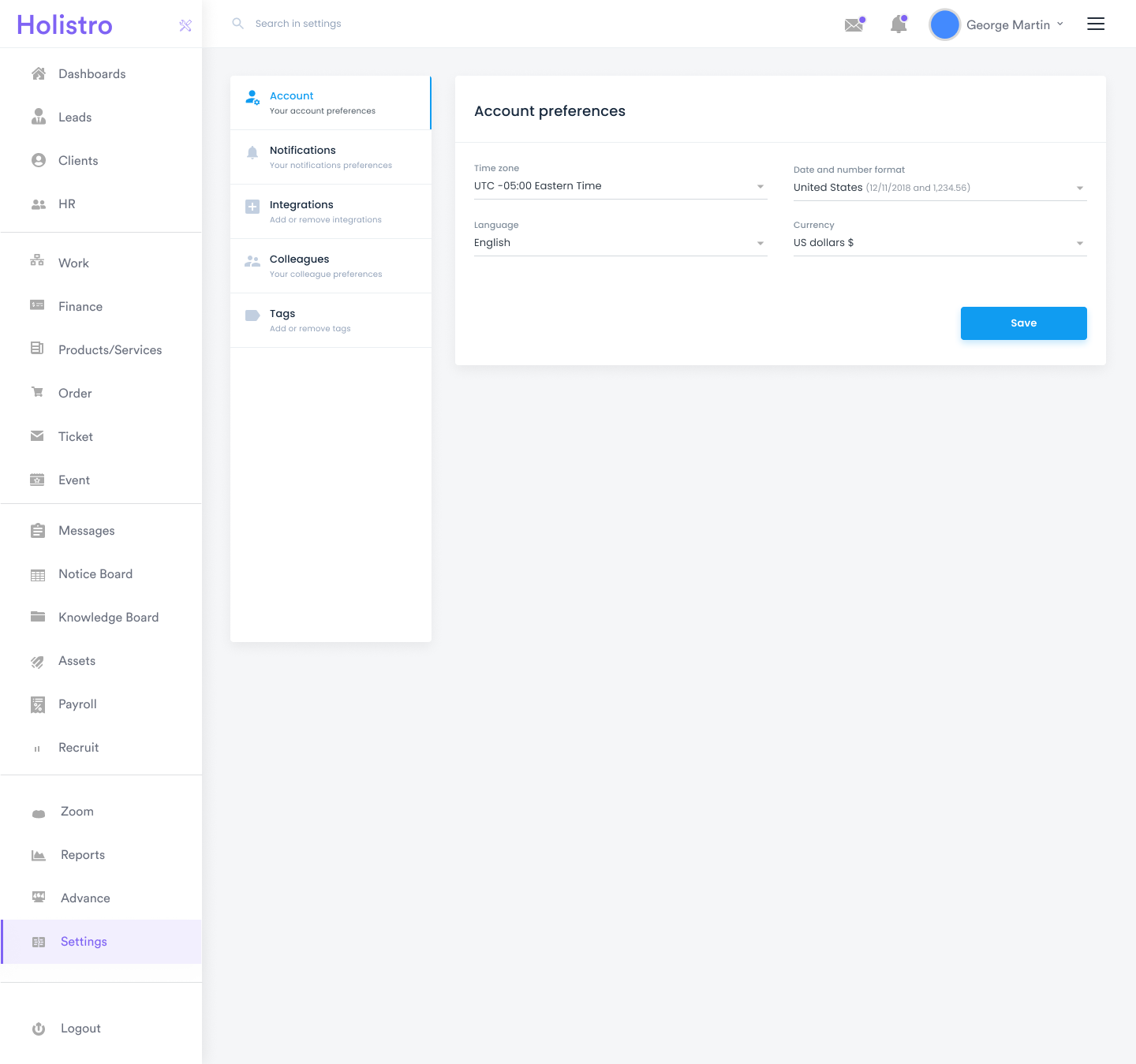
Challenges Identified
Cost: One of the main challenges that small businesses face when it comes to adopting all-in-one software solutions is cost. Many small businesses have limited budgets and may not be able to afford a comprehensive system. In some cases, they may opt for cheaper, less integrated options that do not provide the same level of functionality.
Adaptability: Small businesses often have unique workflows and processes that may not be fully accommodated by a one-size-fits-all all-in-one solution. It's important for these solutions to offer customization and flexibility to meet the specific needs of the business.
User Experience: All-in-one software solutions can be complex and overwhelming for users who are not tech-savvy. Small businesses may face a learning curve when adopting these solutions and require training and support to ensure that employees can use the software effectively.
Integration: For small businesses that have already invested in standalone software solutions, integrating these tools into an all-in-one system can be a challenge. Ensuring that the new system can integrate with existing tools and data sources is critical for a seamless transition.
Opportunities
Streamlined Processes: An all-in-one software solution can simplify business management by integrating various tools and modules into a single platform. This can eliminate the need for manual data entry and reduce the risk of errors, saving time and increasing efficiency. For example, a small business that uses separate tools for accounting, invoicing, and inventory management can consolidate these functions in a single all-in-one solution, streamlining their processes.
Real-Time Insights: With an all-in-one software solution, businesses can access real-time data on business performance, enabling better decision-making and strategic planning. By having all their data in one place, small businesses can easily monitor key metrics, such as revenue, expenses, and customer data, to identify trends and opportunities for growth.
Scalability: As small businesses grow, they need software solutions that can grow with them. All-in-one software solutions can provide the scalability required to support the evolving needs of the business. For example, a small business that starts with basic accounting and inventory management needs may later require more advanced functionality, such as CRM or project management, which an all-in-one solution can provide.
Competitive Advantage: An all-in-one software solution can give small businesses a competitive advantage by providing them with access to the same tools and technologies used by larger businesses, without the need for significant investments in infrastructure. By having a comprehensive system that integrates various functions, small businesses can operate more efficiently and effectively, freeing up resources to focus on other areas of the business.
In summary, the all-in-one software market presents both challenges and opportunities for small businesses. While cost, adaptability, user experience, and integration can be barriers to adoption, streamlined processes, real-time insights, scalability, and a competitive advantage are significant benefits that can drive growth and success for small businesses that adopt an all-in-one software solution.
Interviews & Surveys
For the development of the all-in-one software, we conducted interviews and surveys with small business owners and agency representatives. We aimed to understand their preferences regarding the features they would like to have in an all-in-one software and their current pain points related to managing different software for various business operations.
The goals of our interviews and surveys were as follows:
- To identify the most preferred features that should be included in the all-in-one software for agency and small business owners
- To understand the current challenges faced by small business owners and agencies when using multiple software for different business operations
- To gather feedback on how the all-in-one software can help them to better manage their business operations.
Based on the responses received, we formulated questions for an online survey that was answered by a significant number of small business owners and agency representatives within a day. The responses provided us with valuable insights, allowing us to design an all-in-one software that meets the needs of our target users.
Findings from interviews and surveys
The survey and interviews provided valuable insights into the needs and challenges of small business owners and agencies in regard to their software usage. These insights were used to inform the design of all-in-one software solution that meets the needs of this target audience.
Key insights were gained:
- There is a growing need for an all-in-one software solution that can streamline business operations for small businesses and agencies.
- Most respondents were already using various digital tools for their business, but there was a desire for a more comprehensive solution that could integrate all necessary tools into a single platform.
- Respondents expressed a desire for features such as project management, invoicing, and customer relationship management, as well as the ability to automate repetitive tasks.
- Pricing was a key consideration for most respondents, with many indicating that they would be willing to pay for a high-quality all-in-one software solution if it was affordable and provided value for money.
Overall, the feedback from the interviews and survey highlights the need for a cost-effective and comprehensive all-in-one software solution that can meet the diverse needs of small businesses and agencies.
Building empathy (User Personas)
Based on the insights obtained, we developed a few user personas that represent different segments of the target audience. Each persona is a detailed description of a fictional user with a name, background, job role, goals, challenges, preferences, and behaviors.
By creating these user personas, we can design the All-in-One software with the specific needs and preferences of the target audience in mind. This allows us to create a product that is tailored to the user's requirements, resulting in a more satisfying user experience and higher customer satisfaction.

Structure of the SaaS Information Architecture
The information architecture for the all-in-one software solution aimed to organize the different functionalities of the software in a logical and intuitive way. It was designed to help users easily navigate through the software, with a clear understanding of where they are and what actions they can take.
The architecture also aimed to reduce complexity and streamline the user experience, with a focus on minimizing the number of steps required to complete a task. Through extensive research and testing, the design team developed a robust information architecture that met the needs of users and aligned with the company's goals.
Customer Experience Map
The Customer Experience Map for the all-in-one software solution helped us to better understand the various phases of the user journey and identify areas for improvement. Through the process, we realized that the originally planned user journey had unnecessary and unfavorable steps that needed to be removed or improved.
This allowed the team to focus on creating a more streamlined and user-friendly experience for the customers. The map also helped to identify key touchpoints in the user journey where the we could provide additional value and improve the overall user experience.
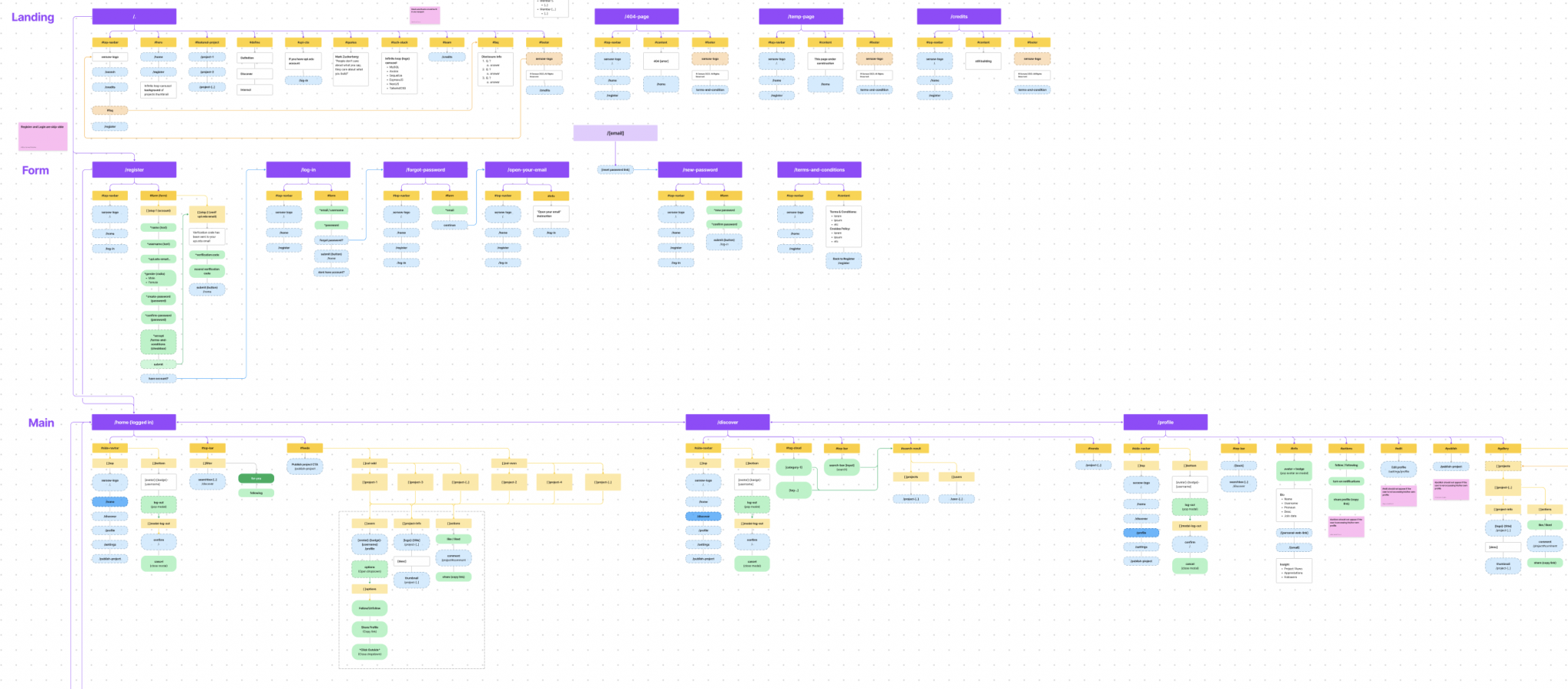
Wireframing
After the information architecture was finalized, the design team moved on to wireframing. They created low-fidelity wireframes to test and refine the layout and functionality of each page in the software. This process allowed the team to quickly iterate and make changes based on feedback from users and stakeholders.

Prototyping & Usability-Testing
Once the wireframes were finalized, we began building prototypes to test the software's features and functionality. we We created high-fidelity prototypes that closely resembled the final product, allowing users to interact with the software in a realistic way.
Through a series of usability tests, the team was able to identify and address any issues or pain points that users experienced. We made changes to the prototypes based on this feedback and continued to iterate until the software was optimized for user experience.
Overall, the wireframing and prototyping process was crucial in developing a software solution that was easy to use and met the needs of its target audience. It allowed the design team to test and refine the product before investing significant resources into development, ultimately saving time and ensuring a successful launch.

Visual Design
After the wireframes and prototypes were completed, we moved on to the visual design phase. The goal was to create a cohesive and visually appealing design that would enhance the overall user experience.
We started by creating a style guide that outlined the color palette, typography, and overall design aesthetic. This ensured that all elements of the design were consistent and aligned with the company's branding.
We also paid close attention to the use of white space and imagery to create a clean and modern design that was easy on the eyes. We selected images and graphics that were relevant to the content and helped to illustrate key features of the software.
Throughout the visual design process, we conducted regular usability tests to ensure that the design was meeting the needs and expectations of the users. The final result was a visually appealing and user-friendly design that helped to create a seamless experience for the users.
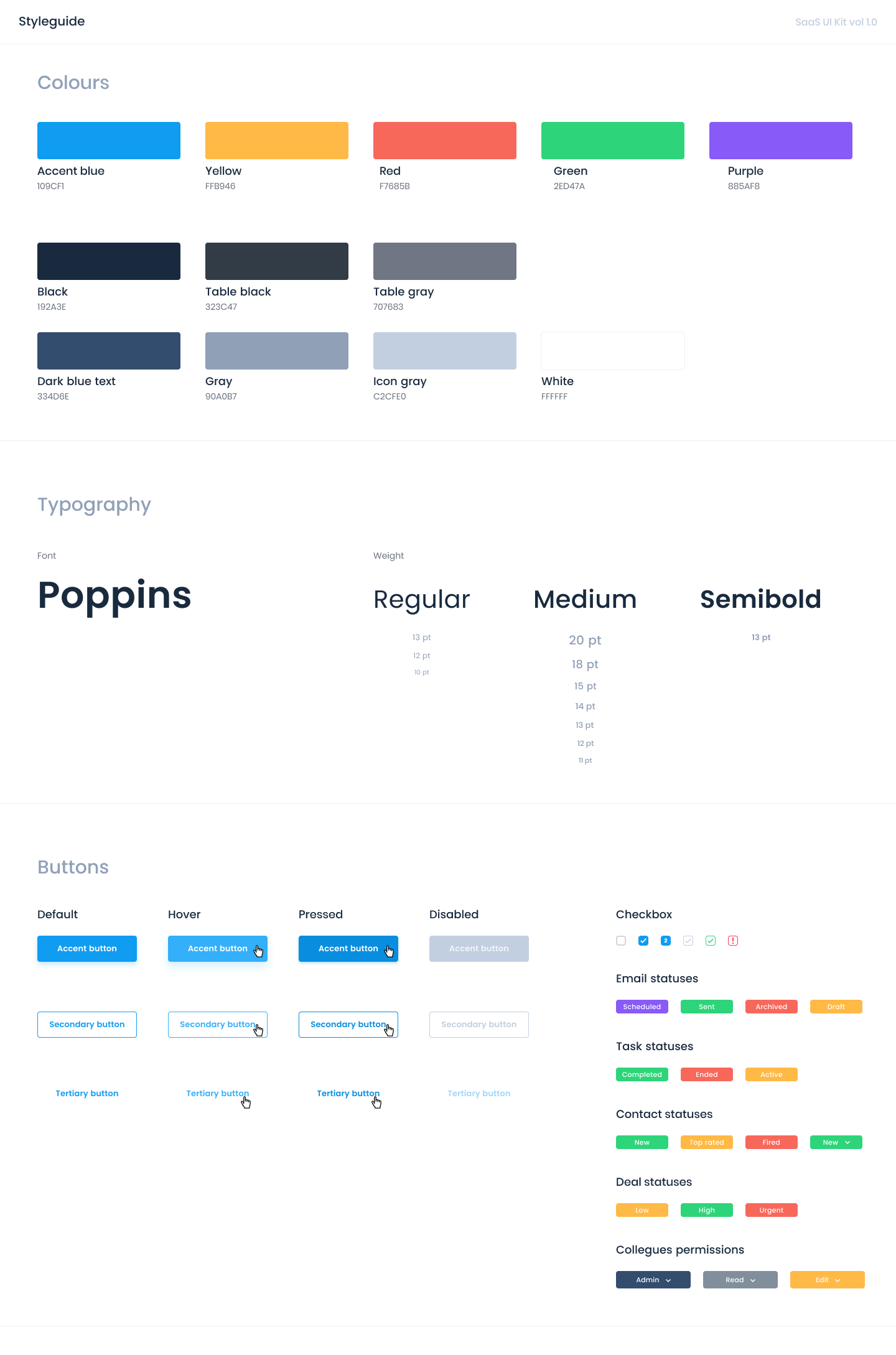
Conclusion
As a team, we recognized the gap in the market and the growing demand for a more integrated approach to software solutions. Through extensive research, design thinking, and user testing, we were able to develop an all-in-one software solution that met the needs of our customers.
Our customer experience map helped us identify key touchpoints and pain points in the user journey, while our information architecture ensured that the software was organized in a logical and intuitive way. Wireframing, prototyping, and A/B testing allowed us to refine the user interface and ensure that the user experience was as seamless as possible.
The launch was a huge success, exceeding our expectations in terms of user adoption and satisfaction. Customers appreciated the ease of use and the seamless user experience that our software provided. They also enjoyed the convenience of having all their business needs met in one place, without the hassle of managing multiple accounts or subscriptions.
The all-in-one solution not only simplified their business operations but also saved them time and money. By recognizing the gap and delivering an innovative solution, we were able to meet the changing needs of the market and help our customers succeed.
Overall, our journey to develop and launch an all-in-one software solution was a challenging but rewarding experience. We learned the importance of conducting thorough research, engaging with customers, and using data to make informed design decisions. And most importantly, we learned that success comes from putting the user experience first and foremost.
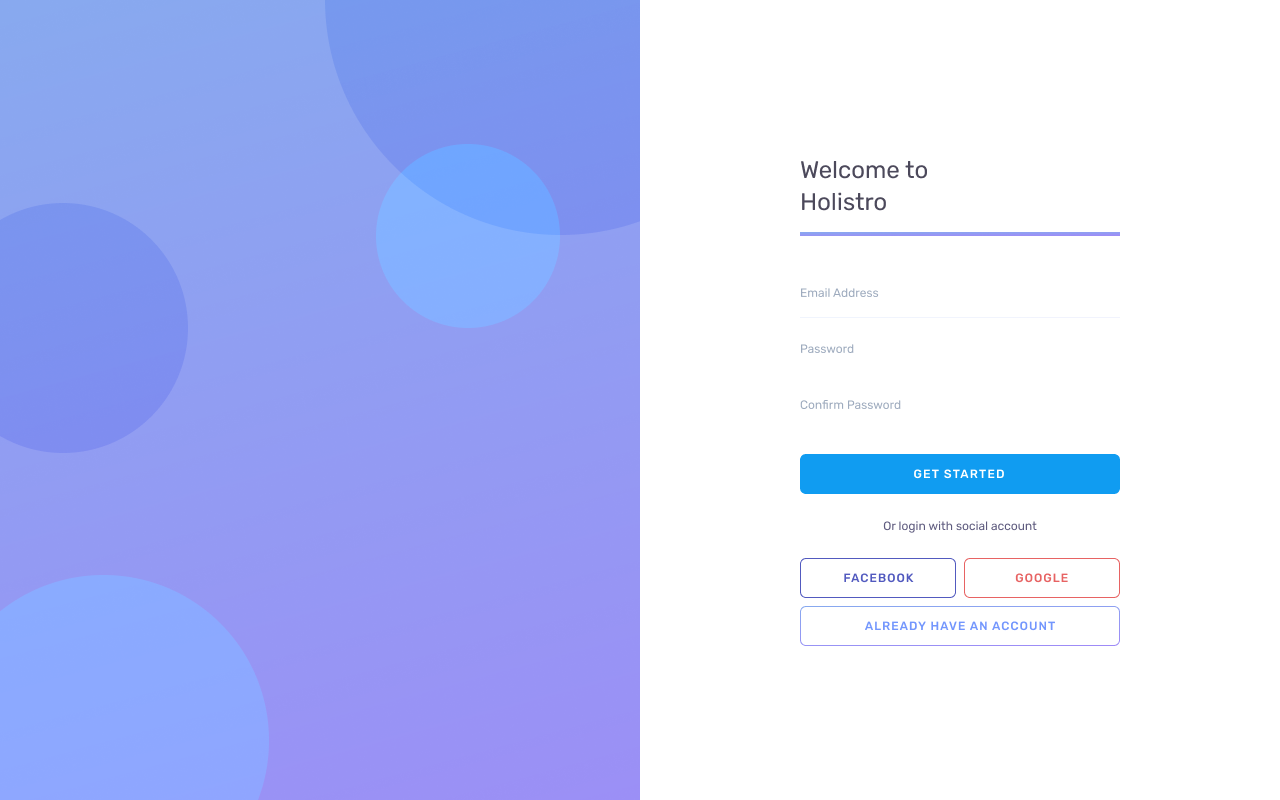
What client say
I can't believe we used to have to juggle multiple software solutions to manage our business. Thanks to this all-in-one software, we can now streamline all our processes in one place, saving us time and money.
- Sarah, Media Agency Qwner
The Hollistro has transformed how we work as a team. We're now able to collaborate more effectively and have real-time visibility into our projects. It's a game changer.
Emily, Startup Founder
As a small business owner, managing multiple software solutions was overwhelming and costly. Holistro has been a game-changer for me. I now have everything I need to run my business efficiently in one place. The user-friendly interface and seamless integration have saved me so much time and money.
Tom, Agency Founder
Share on